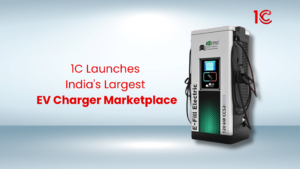
Menu
Menu

Cold weather impacts EV batteries by slowing down the chemical and physical reactions involved in transferring and storing electrons. This leads to extended charging times, decreased capacity, and a reduction in range. Cold temperatures may induce lithium plating, the buildup of inert lithium outside the electrode, potentially damaging the battery and reducing its power. EV batteries typically operate in temperatures around 20-40 degrees, a range that can be challenging to maintain during winter.
The cold weather impacts electric vehicles in the following ways:
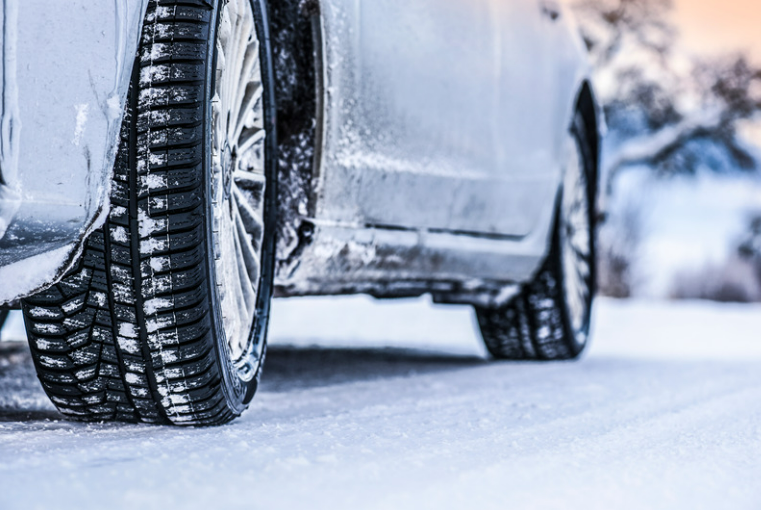
To counter the effects of cold weather on your electric car, adopt proactive measures:
In winter, switching to winter tires can reduce an EV’s range due to increased rolling resistance from different rubber compounds and tread patterns. Regularly checking tire pressure is crucial, as underinflated tires can further impact efficiency. According to some tire manufacturing companies, rolling resistance may lower an EV’s range by up to 20%, with a 30% increase affecting electricity consumption by 3-5%. Some tire manufacturers offer EV-specific winter tires, aiming to balance grip and rolling resistance for improved winter driving without compromising safety.
The cold weather significantly affects electric vehicles as it impacts driving range, battery efficiency, and overall EV performance. Proactive measures such as preconditioning, optimal charging practices, and tire maintenance are required for preserving EV functionality in winter conditions. As technology advances, future innovations may address these challenges and improve cold weather performance for electric cars.
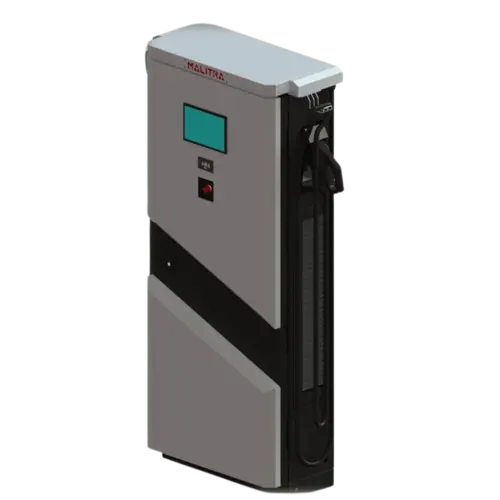

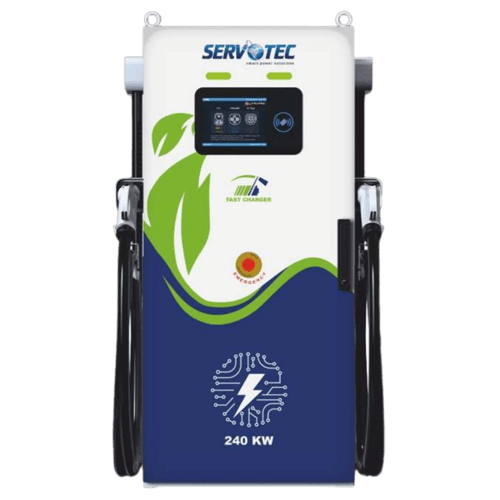
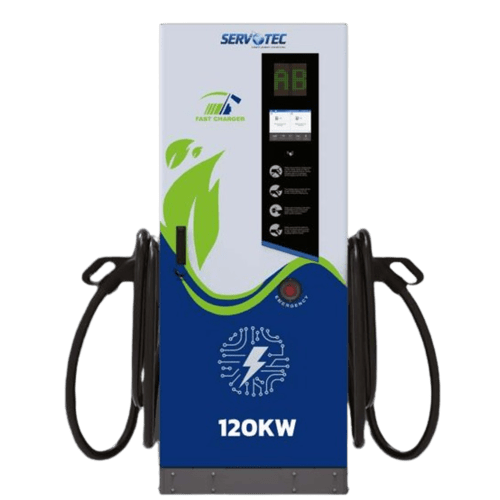
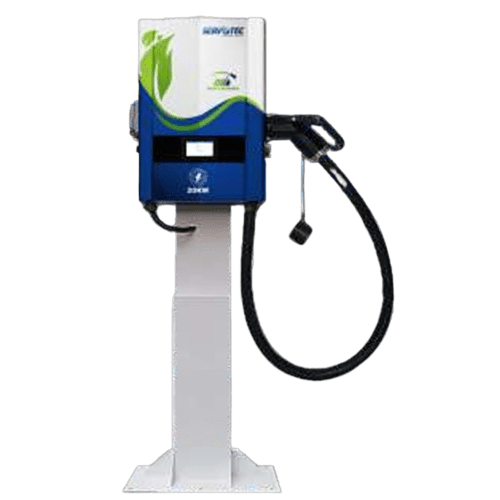
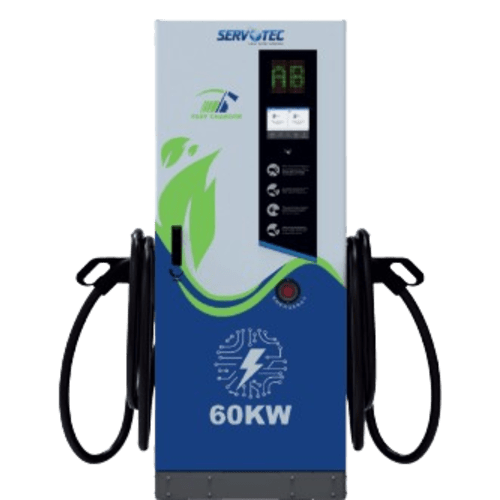
© 2024 Massive Mobility Private Limited. All rights Reserved